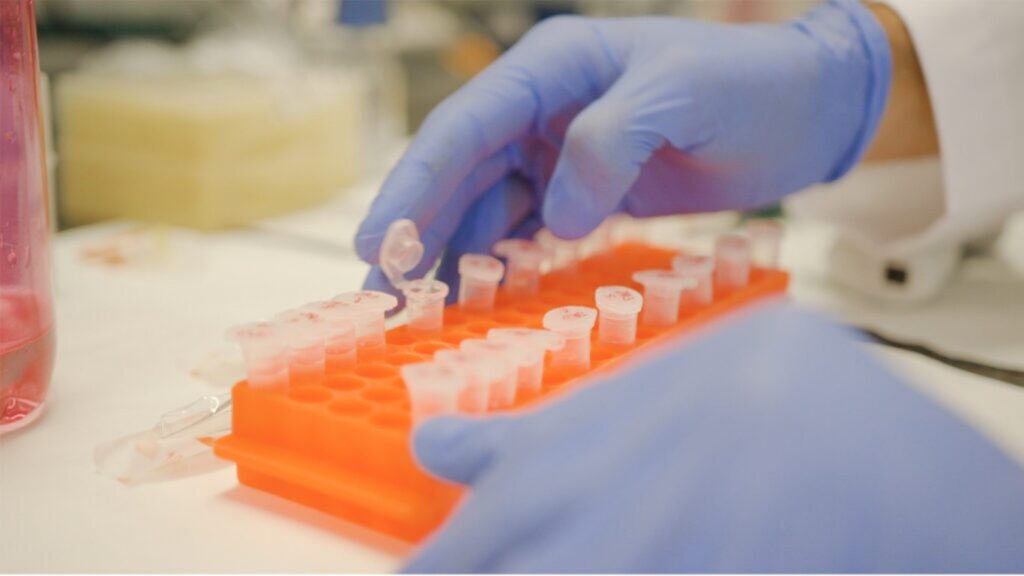About 10% of breast cancers are due to mutations in genes called BRCA1 and BRCA2. Still, it is not yet fully known the molecular mechanism that explains how the alteration of these genes greatly increases the risk of cancer. An international team led by the researcher of the IDIBELL and the Catalan Institute of Oncology (ICO), Miquel Àngel Pujana, has made an important step to reveal it. Researchers have found a key in the interplay between BRCA1 and another called RHAMM (or HMMR), which represents a previously unknown molecular pathway. The results have been published in the journal PLoS Biology.
Researchers have shown that these two genes (BRCA1 and RHAMM) control the normal developing and differentiation of breast tissue cells. If one of these two genes or both have mutations, the normal architecture and development of tissue get altered and, thus, increases the risk that a tumor appears “The BRCA1 mutation carriers are at high risk for breast cancer,” said researcher Miquel Àngel Pujana, “but this risk is modified, for example with regard to their age of onset, due to genetic variants in the gene RHAMM”.
Slightly increased risk
A common genetic variant of RHAMM gene increases slightly (approximately 1.1) the risk of breast cancer in women carrying BRCA1 mutations. “Therefore, by itself, this variant does not justify a genetic analysis, “explains Miquel Àngel Pujana. But if we add other mutations that also modify slightly the risk, and about twenty are known nowadays, “yes it can vary considerably the risk of developing breast cancer in these carrier women. Depending on the combination of genetic modifier variants that are inherited, risk of developing cancer may be increased or decreased.”
The investigation of these genetic variants modifying breast cancer risk are directed toward developing more accurate genetic models that can predict the risk of cancer in BRCA1 and BRCA2’s carrier women, and thus take appropriate preventive measures. Variants are also associated with different types of tumors. This fact has important implications for the prognosis of patients.
Article’s reference
Maxwell C.A., Benítez J., Gómez-Baldó and al. Interplay between BRCA1 and RHAMM Regulates Epithelial Apicobasal Polarization and May Influence Risk of Breast Cancer. PLoS Biology. DOI 10.1371/journal.pbio.1001199

